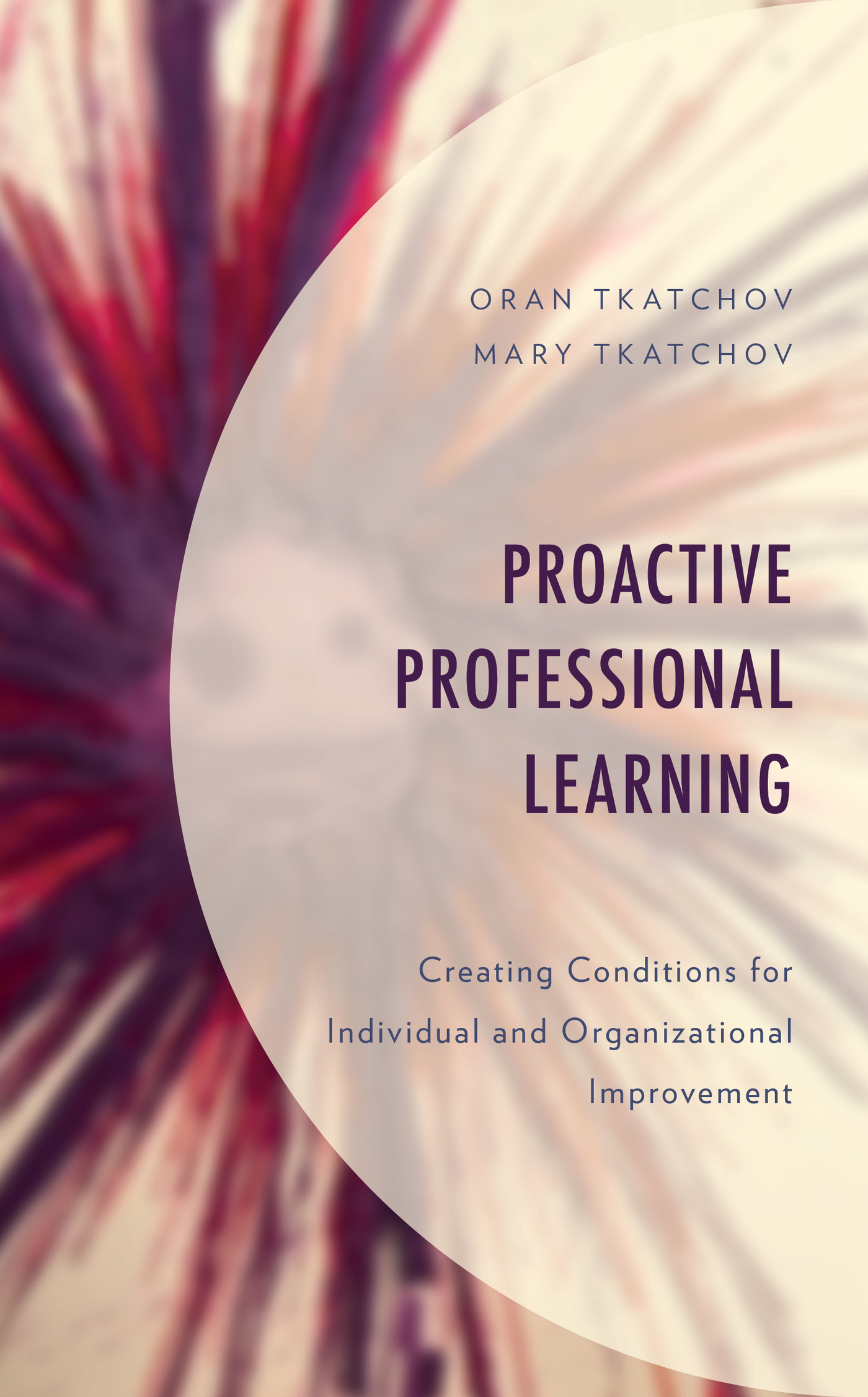Proactive Professional Learning
Proactive Professional Learning
Creating Conditions for Individual and
Organizational Improvement
Oran Tkatchov
Mary Tkatchov
ROWMAN & LITTLEFIELD
Lanham Boulder New York London
Published by Rowman & Littlefield
An imprint of The Rowman & Littlefield Publishing Group, Inc.
4501 Forbes Boulevard, Suite 200, Lanham, Maryland 20706
www.rowman.com
6 Tinworth Street, London SE11 5AL
Copyright 2020 by Oran Tkatchov and Mary Tkatchov
All rights reserved. No part of this book may be reproduced in any form or by any electronic or mechanical means, including information storage and retrieval systems, without written permission from the publisher, except by a reviewer who may quote passages in a review.
British Library Cataloguing in Publication Information Available
Library of Congress Cataloging-in-Publication Data
Names: Tkatchov, Oran, author. | Tkatchov, Mary, author.
Title: Proactive Professional Learning : Creating Conditions for Individual and Organizational Improvement / Oran Tkatchov and Mary Tkatchov.
Description: Lanham : Rowman & Littlefield, [2020] | Includes bibliographical references and index. | Summary: This book will give an overview of the essential characteristics of effective professional learningProvided by publisher.
Identifiers: LCCN 2019039632 (print) | LCCN 2019039633 (ebook) | ISBN 9781475850161 (cloth) | ISBN 9781475850178 (paperback) | ISBN 9781475850185 (epub)
Subjects: LCSH: Professional education. | School improvement programs. | Educational leadership.
Classification: LCC LC1059 .T53 2020 (print) | LCC LC1059 (ebook) | DDC 378/.013dc23
LC record available at https://lccn.loc.gov/2019039632
LC ebook record available at https://lccn.loc.gov/2019039633
 TM The paper used in this publication meets the minimum requirements of American National Standard for Information Sciences Permanence of Paper for Printed Library Materials, ANSI/NISO Z39.48-1992.
TM The paper used in this publication meets the minimum requirements of American National Standard for Information Sciences Permanence of Paper for Printed Library Materials, ANSI/NISO Z39.48-1992.
We dedicate this book to our children, Madeline and Alexander, and to the memories of Martha Louise Horne and Alexandre P. Tkatchov.
Preface
Children hold our future in their hands, hearts, and minds. With education, they will become our doctors, nurses, lawmakers, bankers, childcare workers, and various other professionals whose roles have not been conceived of yet. Perhaps because children are our most cherished resource, and their education will ultimately have an impact on all industries and the countrys economy, researchers have focused so much on the quality of teacher training and professional development.
Furthermore, the education that we provide our children today will shape their future opportunities to live their best lives, so investment in research-based teacher professional learning that is most likely to lead to improvement in student learning is unquestionably worthwhile. Originally, the main purpose of this book was to pull together in one resource the most relevant information to help school leaders plan a coherent and comprehensive system of professional learning that incorporates the unique needs of their teachers and students with the end goal of improving student learning.
While compiling research, it became apparent that the research surrounding the effectiveness of professional learning for schoolteachers is in essence effective adult learning for continual organizational improvement. Education does not stop after childhood or after entering the workforce. Education continues formally and informally throughout the course of a career and a lifetime.
The lessons from the research can be applied in all industries to promote organizational visions for growth by focusing on another precious resource: the adult learners who want to become better at what they do so that they can make a difference in the world and in their organization. The goal, then, is not to limit the audience of this book to school leaders but to welcome leaders of all types of organizations to transfer these research-based practices to their own context.
To make the information presented in this book not only applicable to school leaders but also to a wider audience, we frequently use general vocabulary such as enduser rather than student and organization rather than school. Along with examples from the education profession, we also include additional examples from other industries to illustrate how the concepts can transfer from one industry to the next, all while being mindful of the fact that our area of expertise is limited to education. We, therefore, ultimately leave it up to the reader to envision how the ideas in this book can materialize and take shape in their professional world.
Introduction
Scenario 1
The fire alarm starts blaring and the schools staff know what to do. This is the fourth time theyve had a fire drill this school year. They direct students to quietly exit the classrooms and follow the designated path out to the football field, where the rest of their schoolmates are lining up behind orange cones that staff members have placed and monitored according to the emergency plan. The principal is timing the drill from start to finish, with the goal that the whole process is complete two minutes faster than the last drill. Any problems that arise will be discussed with staff at the next staff meeting to find solutions that can be implemented in the next drill.
Scenario 2
In an office of a large organization, an employee reads her emails and notices one from an email address she does not recognize with an urgent message: You have unused personal time that must be used by the end of the month before it expires. Click here and log in with your company user name and password to view your accrued time and submit a time-off request.
Oh no, she thinks to herself. Im not falling for that this time.
She had been tricked into giving away her password with two similar emails, and both times she received this message from the IT security department: This was an exercise for the phishing-awareness initiative. Please review the guidelines for identifying and reporting suspicious emails. She was fooled twice despite completing the companys mandatory one-hour workshop and scoring 100% on the quiz that followed. But she had learned from her mistakes and was becoming more adept at detecting an email scam.
Imagine if the individuals in the above scenarios were given only a slide presentation followed by an auto-graded multiple-choice assessment with very limited feedback. Would the school staff who passed the test be ready to successfully follow protocols in the event of an actual emergency? Or would the corporate employee be prepared to avoid a data security breach when confronted with an actual phishing scam?
In both of these scenarios, the professional learning needs of employees in meeting organizational goals (e.g., safety and security) are targeted in authentic, job-embedded exercises that are reinforced with multiple opportunities for practice. Important knowledge and skills are developed beyond one-shot training activities such as a presentation, workshop, or professional conference.
These scenarios show how ongoing, job-embedded practice is necessary for effectively training people to perform new tasks; however, to truly create a culture of continual learning and improvement within an organization, there must also be ample opportunity and support for knowledge sharing among individuals within a professional community. Choice and flexibility are provided for whenever feasible so that individuals can learn and grow in ways that fit within their needs, interests, values, and dispositions.
Next page
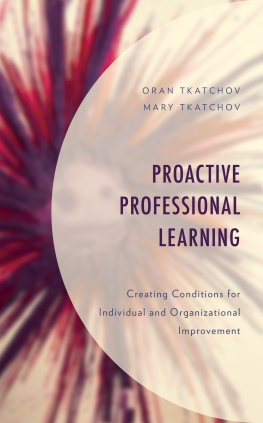

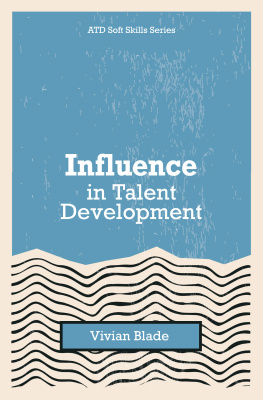
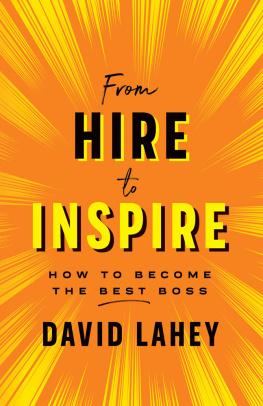
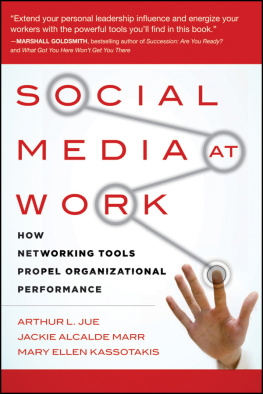
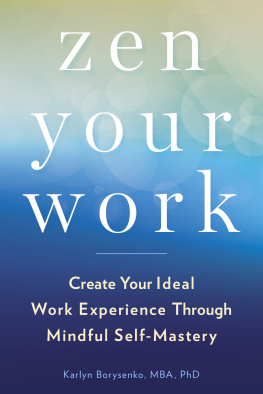
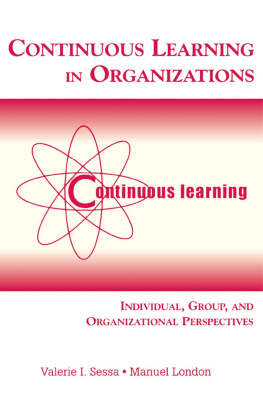
 TM The paper used in this publication meets the minimum requirements of American National Standard for Information Sciences Permanence of Paper for Printed Library Materials, ANSI/NISO Z39.48-1992.
TM The paper used in this publication meets the minimum requirements of American National Standard for Information Sciences Permanence of Paper for Printed Library Materials, ANSI/NISO Z39.48-1992.